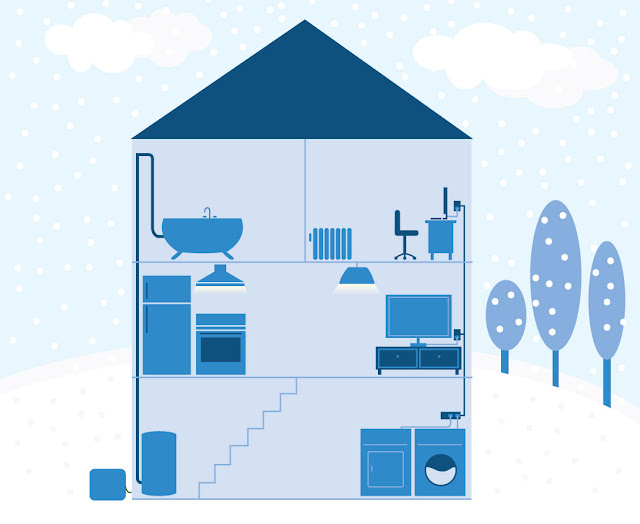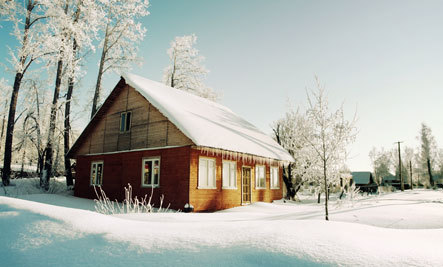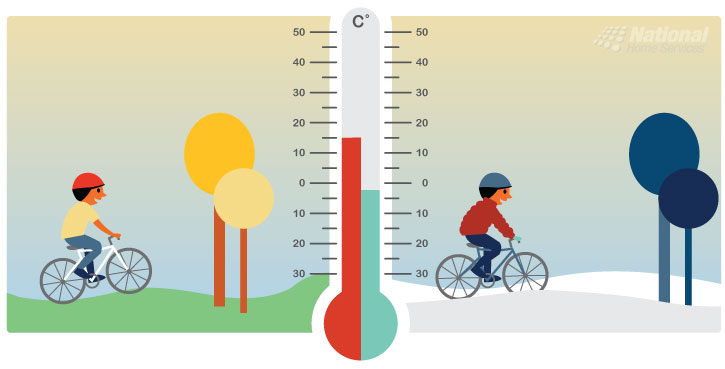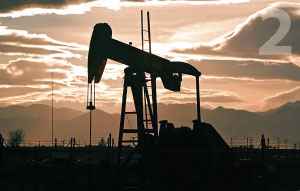
Today we will tackle some of the biggest misconceptions about saving energy.
The Myth
This time of year, we are all trying to find ways to save on our winter heating bills. We are frequently told that keeping your thermostat at the same level all winter is more energy efficient than adjusting it up and down.
The Truth
Turning your heat down when you go to bed or when you leave the house for long periods of time will save money and energy. It is true that it’s better not to turn it down if you will only be out for a short period.
The Myth
Anything not in use should be shut off; therefore, turning off your electric hot water heater when you are away for a weekend or overnight will save energy.
The Truth
While it seems like good sense to shut off anything electronic when not in use, turning off your electric water heater results in very little savings. Water heaters are well insulated and retain their heat for a long time.
What other energy savings myths can you think of? We will be examining more myths in our next post.














